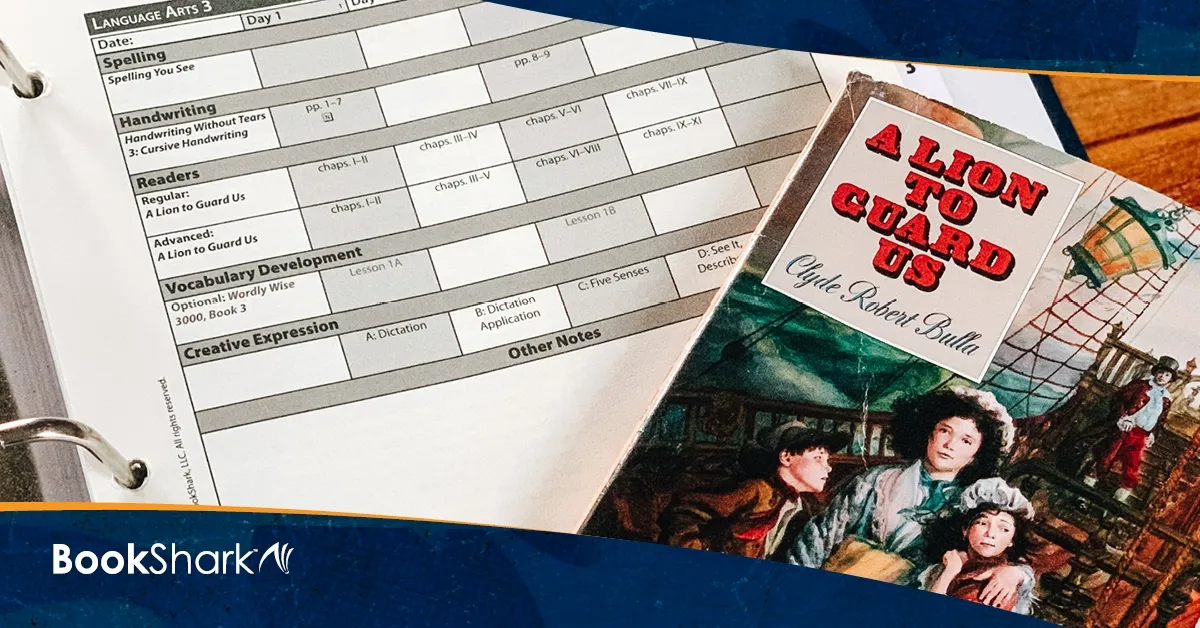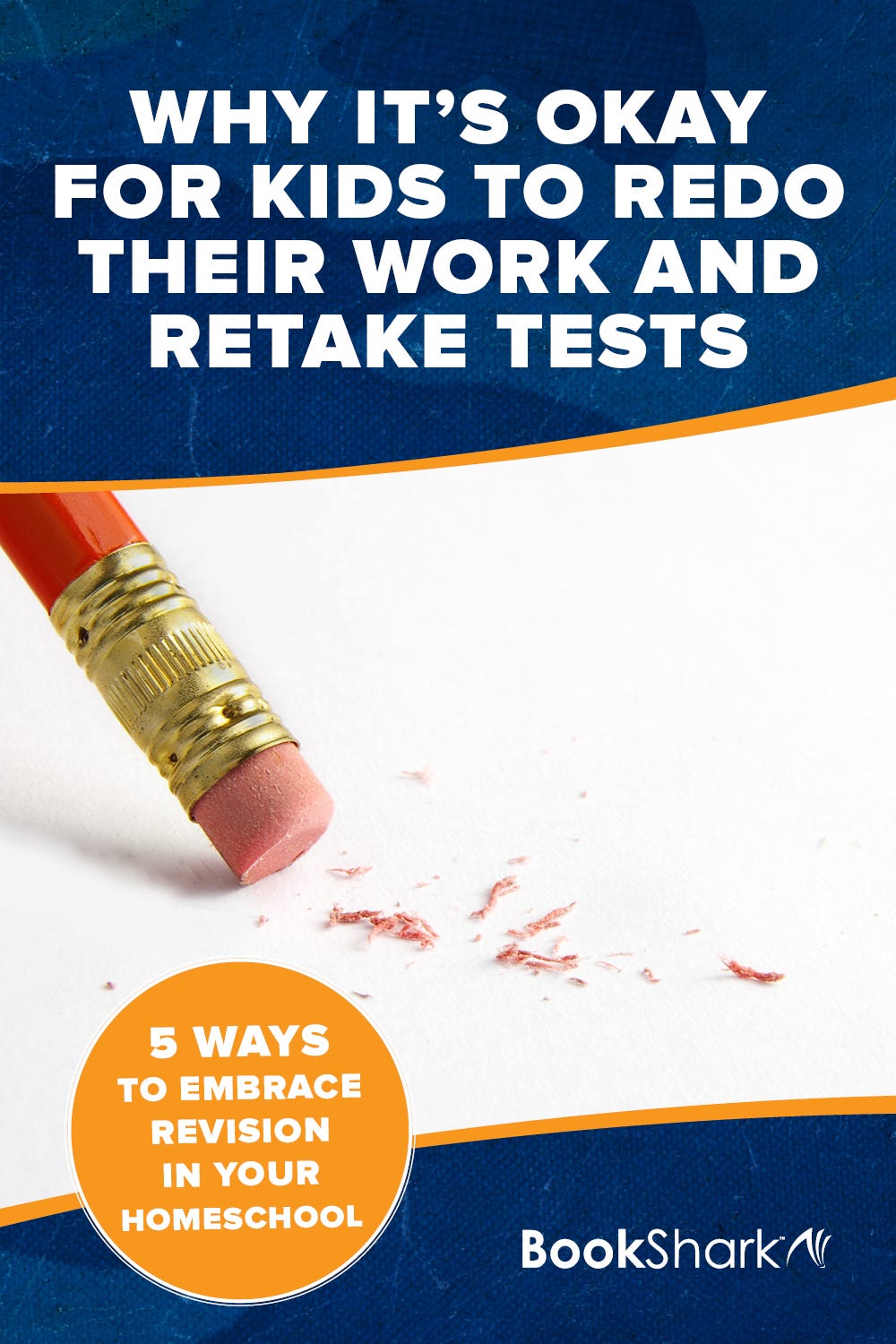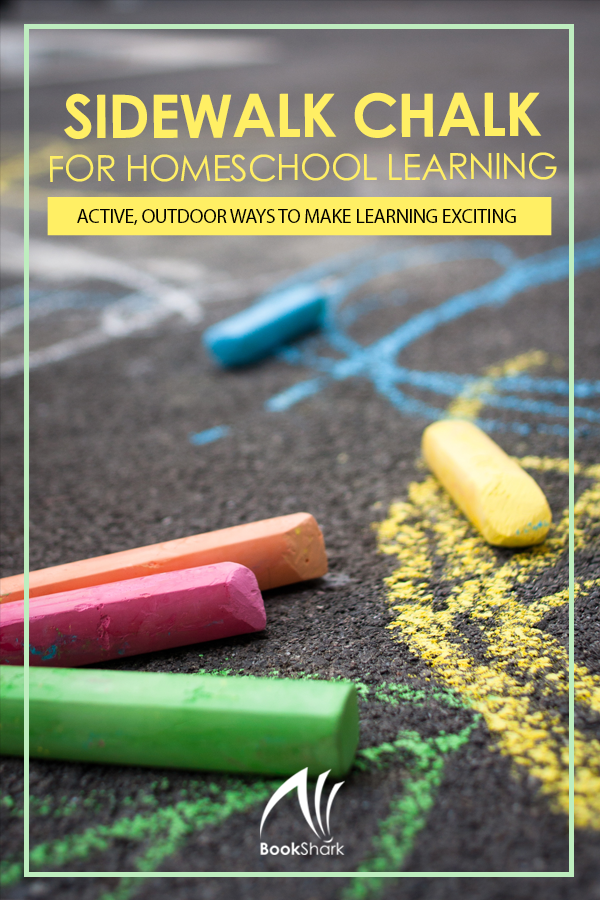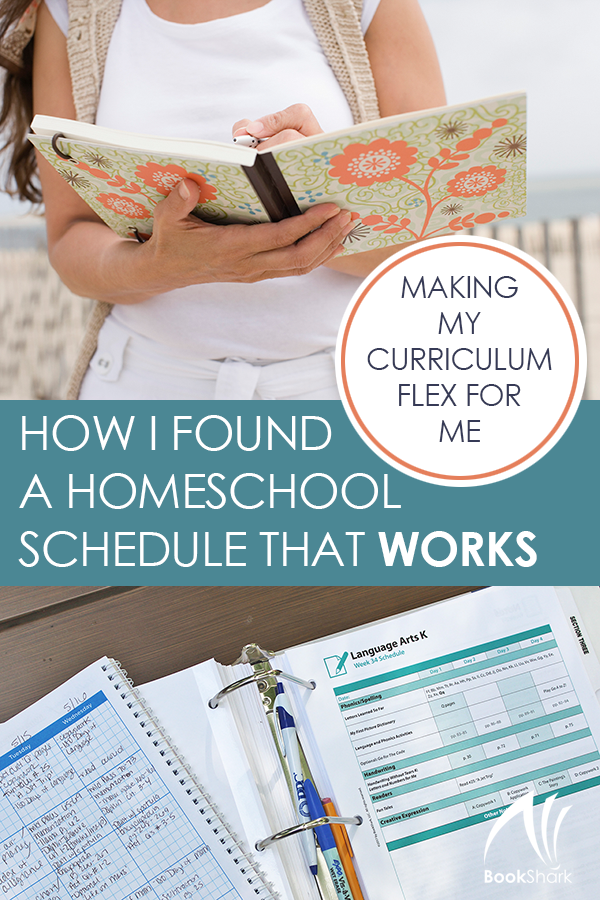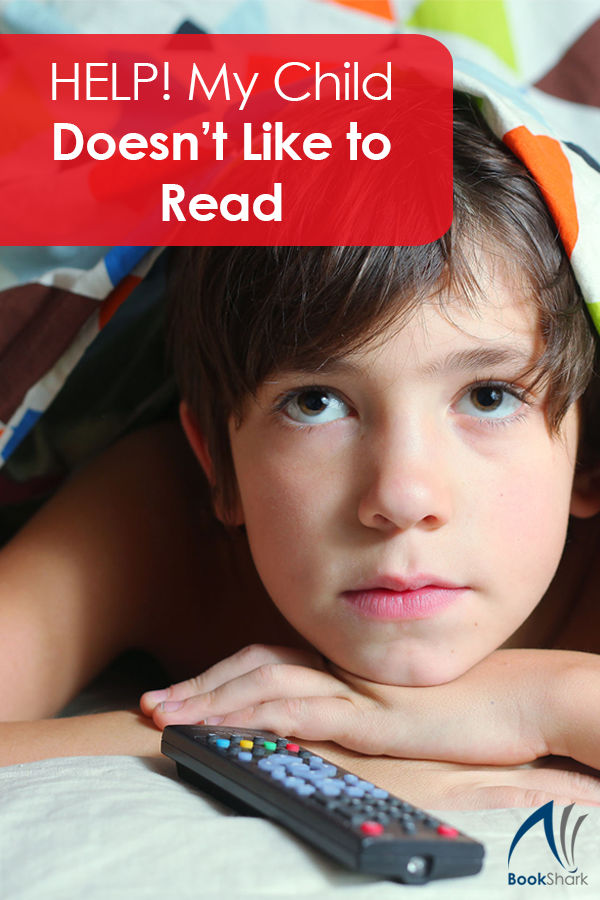Many of us were taught language arts as a disjointed set of unrelated skills—a very ineffective way to learn it. Can you relate to any of these experiences?
- Learning about a grammar concept and completing ten to twenty exercises after the lesson to practice the new skill.
- Receiving a list of spelling words on Monday and memorizing them for a test on Friday. Then spelling them incorrectly in your own writing.
- Defining literary terms and never noticing them in the books you read.
- Memorizing vocabulary words, but never actually using them while speaking or writing—and then forgetting them.
- Following a formula to write a paper and hating every minute of it because you were as bored writing it as your teachers were probably reading it.
You did the work in school, but without context and without connection. As a result, you may believe you aren’t good at language arts. The truth is, you struggled with language arts because of how it was taught, not because of a lack of intelligence. Unfortunately we have a tendency to homeschool in the same way we learned, even if we believe our own education was lacking.
There’s a better way. You can teach language arts effectively, no matter your own school experience with the subject. After all, Albert Einstein said, “Education is what remains after one has forgotten what one has learned in school.”
Life-Long Learning Starts with You
As a homeschooler, know it’s perfectly fine to learn alongside your children. You don’t have to be an expert in every subject. It’s not even possible! What you do need is an attitude that says, “We can figure this out together.”
As Anthony J. D’Angelo said, “Develop a passion for learning. If you do, you will never cease to grow.”
This we-can-learn-it attitude is incredibly beneficial to your students as they realize
- You are never too old to learn and grow.
- It’s okay if you don’t master something the first time around.
- Learning is a process that takes diligence and practice.
- They don’t have to do it alone.
Modeling learning means you’re showing them how to learn, not just what to learn. You also get the benefit of a better grasp of language arts skills you can use in your own life. And you’ll also be more sympathetic when they struggle, because you know what it feels like.
Teaching Language Arts Comes Naturally
“Learning is not the product of teaching. Learning is the product of the activity of learners.”—John Holt
Your children began learning long before they ever started school. From the moment they were born, you watched in amazement with each skill they added from rolling over to lifting their heads, from sitting to standing, from crawling to walking.
You wondered as they picked up word after word and began speaking in phrases and sentences. You laughed at their grammar mistakes because they were adorable, and you knew one day they would say it correctly.
You were their first teachers. You encouraged them, you helped them, and you gently corrected their mistakes.
You’ve been teaching them since the day they were born, and you can continue to teach them everything they need to be effective communicators.
BookShark gives you the tools to help you teach language arts skills naturally, in the way kids were designed to learn.

Real Authors are Ready to Help
Workbooks and textbooks may offer lessons and exercises to teach kids language arts skills, but they are ineffective to inspire a love of literature and writing. Often students don’t know how to apply those exercises to their actual writing. They miss those things that make writing compelling to read and their speeches compelling to listen to.
With a natural approach to teaching language arts, students learn to write from real authors. They learn to communicate from those who do it best.
- Spelling and vocabulary comes from the books they are reading.
- Writing assignments are tied to the subject matter they are learning about in the books they read.
- Grammar skills are learned through copying and writing from dictation using sentences and passage from the books they are reading.
You see the pattern. Students learn from published authors—experts in their field. Good writing inspires good writing as students absorb language arts skills naturally.
You Have a Guide
Anatole France correctly said, “Nine-tenths of education is encouragement.” As a homeschool parent, tou have the opportunity to be your students’ biggest cheerleader—the one who encourages them and helps them stay on track.
But you also have a coach to help you along the way.
With BookShark Instructor’s Guides, you have everything you need to teach language arts, even if you don’t feel confident in your own skills. You get:
- A 36-week, 4-day schedule designed to save one day a week for co-ops, music lessons, sports, field trips or other extra-curricular activities.
- Weekly overviews
- Student Activity Sheets
- Separate parent instructions, answers, and definitions
- Rubrics to help you evaluate more subjective activities
You Can Teach Your Children Language Arts
You may not consider yourself equipped to teach language arts because you didn’t understand the way it was taught to you. But there’s good news. You aren’t alone. BookShark can help.
You’ll have everything you need to teach your kids naturally, and along the way learn a few things yourself. It’s one of the reasons homeschooling is so successful. As a homeschooler, you are the facilitator of your children’s education. You don’t have to know everything, because like any life-long learner, you can find the resources to help.

About the Author
Kelly left teaching middle and high school English to homeschool her children and reclaim how she and her family spent their time. Followers of interest-led learning, her family’s days rarely look the same, but they tend to include a lot of books, art supplies, and time outside.
Kelly facilitates local writing circles for women and children and blogs about nurturing the love of learning on her blog, Curiosity Encouraged. She loves to journal, read memoirs, hike, and travel. She seeks quiet mornings and good coffee daily.

